76 Year Old Blind Athlete Charlie Plaskon Set To Race 9th Ironman Triathlon - By Matt Miller
BASE Performance is excited to announce that its Owner, Matt Miller, will be guiding his friend Charlie Plaskon through the 2019 Little Debbie IRONMAN Chattanooga triathlon presented by McKee, A Family Bakery.
At 76 years old, Charlie is an inspiration to many, both young and old. After 2.4 miles of swimming and 116 miles of riding a tandem bike, Charlie and Matt will take off on foot to complete a marathon. All of this in a target time of under 17 hours. They chose Chattanooga as their ninth IRONMAN triathlon together because Matt is originally from Tennessee, having grown up just north in Nashville.

Charlie has completed eight IRONMAN triathlons so far:
- 2005 - IRONMAN Coeur d'Alene - Coeur d'Alene, Idaho
- 2006 - IRONMAN Florida - Panama City Beach, Fla.
- 2007 - IRONMAN World Championship, - Kailua-Kona, Hawai`i
- 2008 - IRONMAN Coeur d'Alene - Coeur d'Alene, Idaho
- 2009 - IRONMAN Louisville - Louisville, Ky.
- 2010 - IRONMAN Lake Placid - Lake Placid, N.Y.
- 2011 - Memorial Hermann IRONMAN Texas - The Woodlands, Texas
- 2012 - IRONMAN U.S. Championship - New York City, N.Y.

Charlie and Matt first started racing together in 2004 and have since completed over 30 athletic events together. Matt serves as Charlie's eyes as they both navigate the 144.6 miles of the course.
"We continue to be inspired by the amazing athletes that compete in our events and Charlie and Matt are great examples of what is possible," said Shane Facteau, Chief Operating Officer for IRONMAN. ‚"We look forward to watching them on race day and can't wait to welcome them across the finish line in Chattanooga."

Although Charlie will be one of the two the oldest competitors in this weekends race, he is not done with racing just yet. Charlie and Matt have their minds set on racing in the Ironman World Championships in Hawaii in 2020 for Charlies 10th and final Ironman race where he is looking to retire from Ironman racing at age 77.
Click Here to read: WHAT IS IT LIKE TO LEAD A 100% BLIND ATHLETE THROUGH AN IRONMAN TRIATHLON
Charlie is bib # 103 if you would like to track him on Sunday via this Ironman.com link






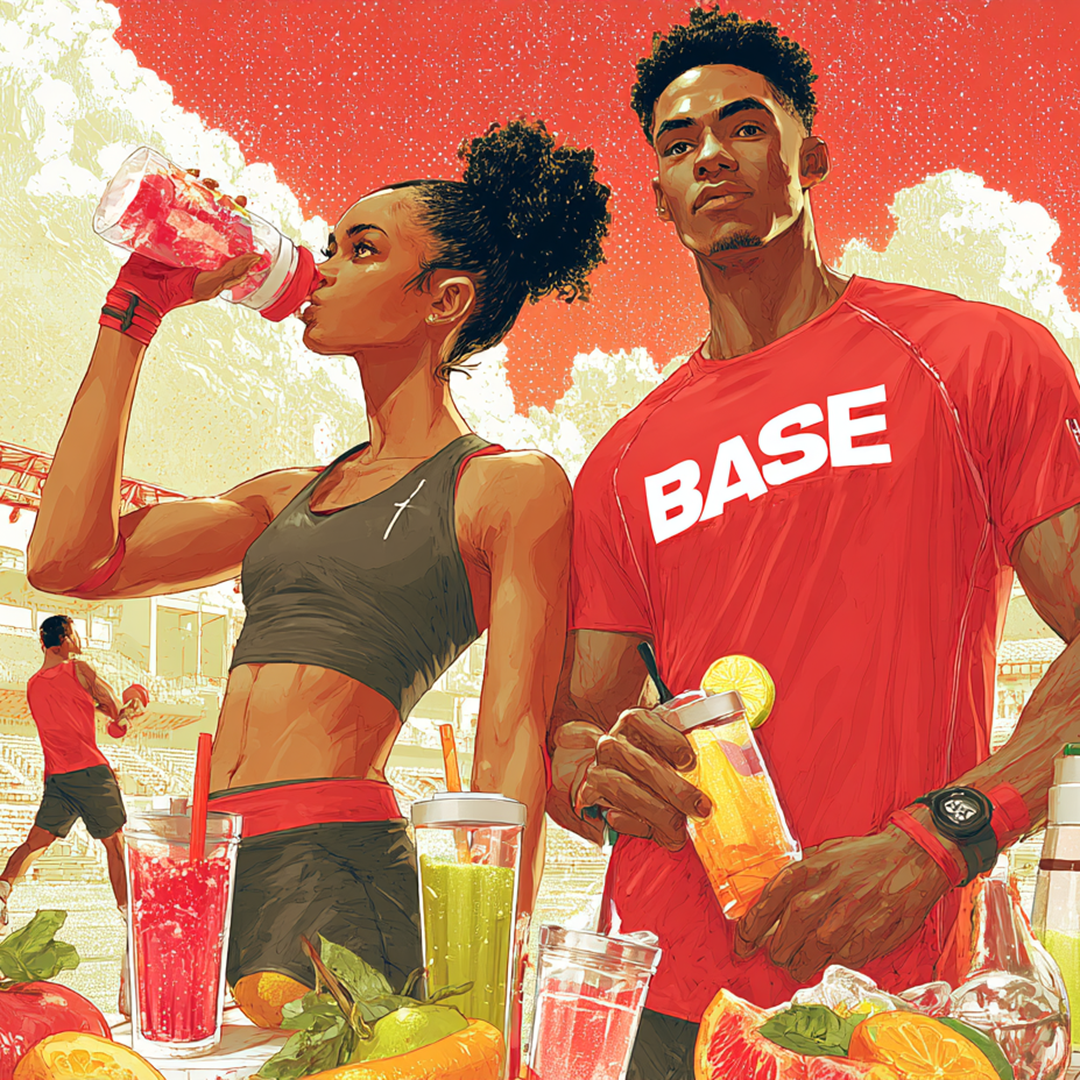
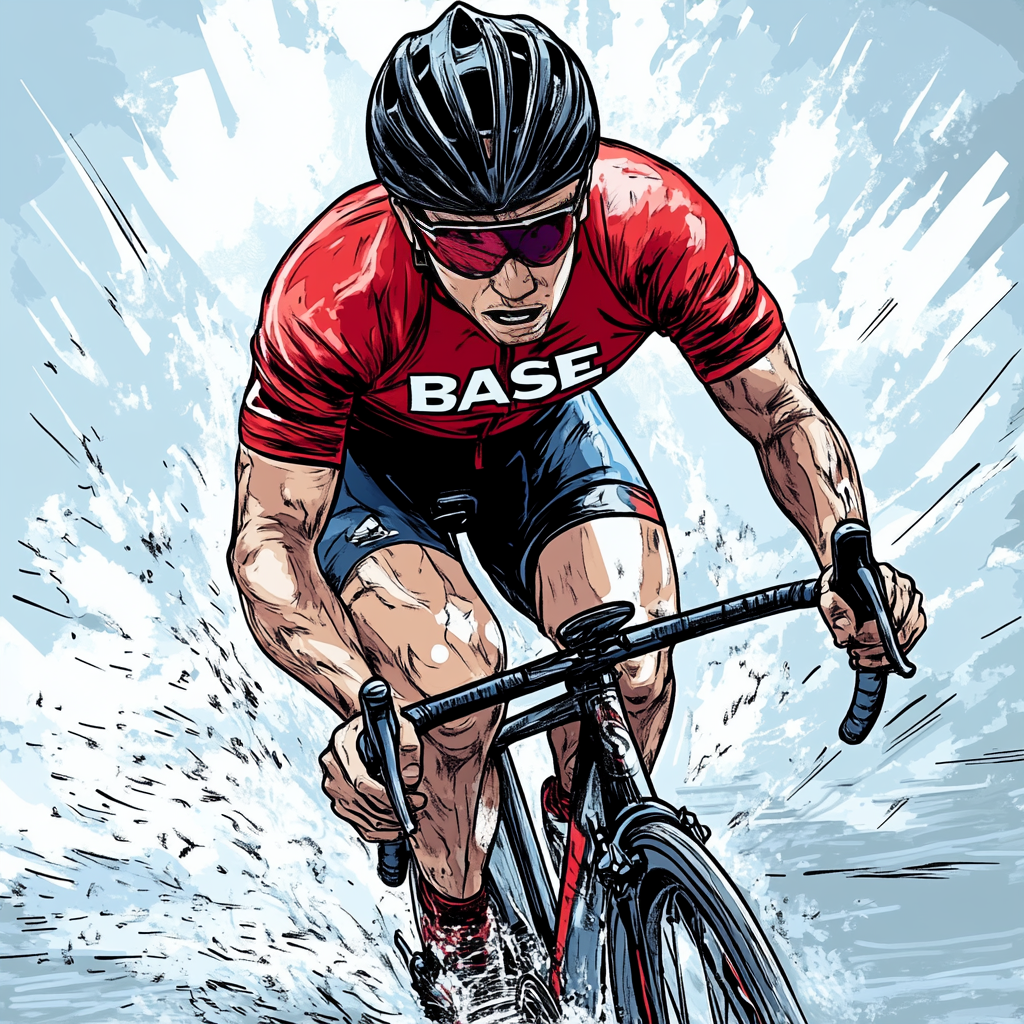

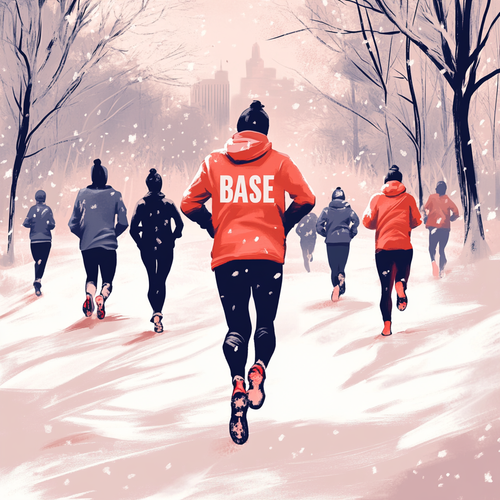

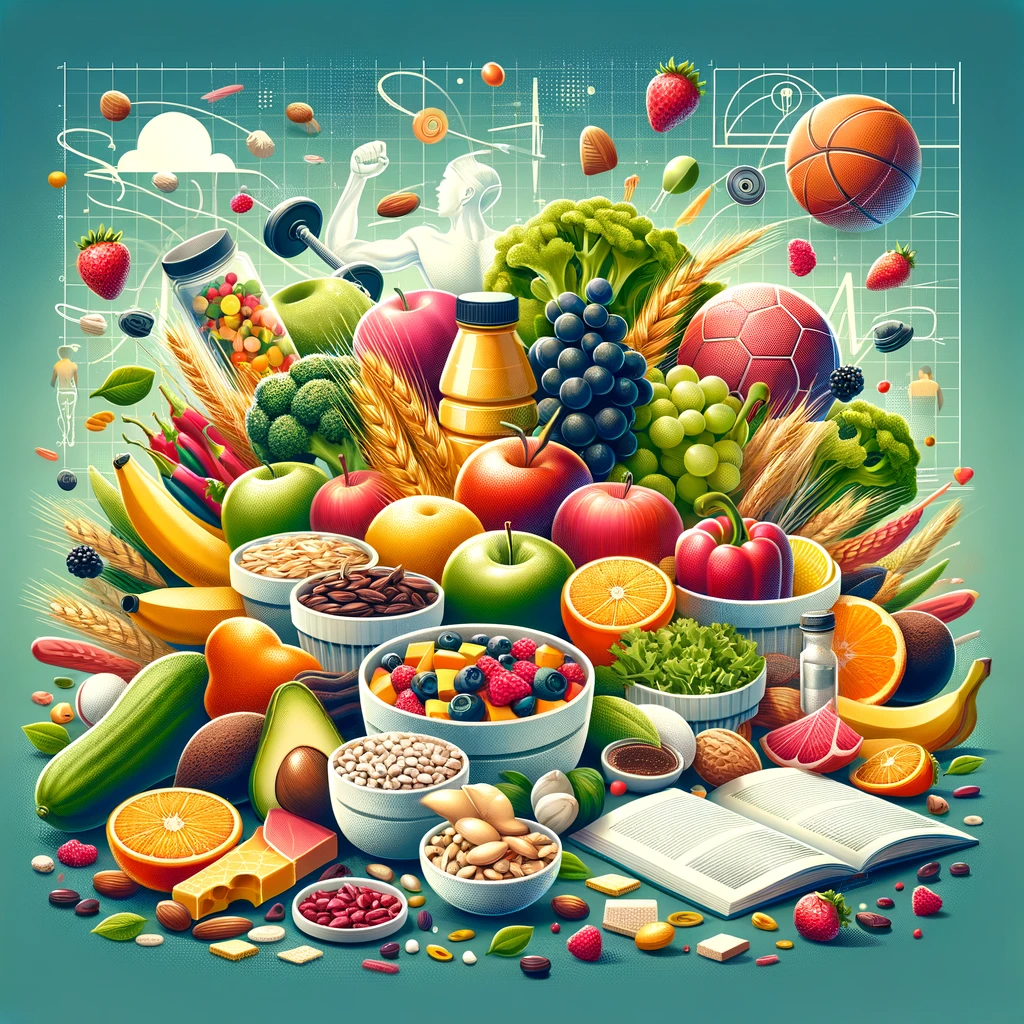

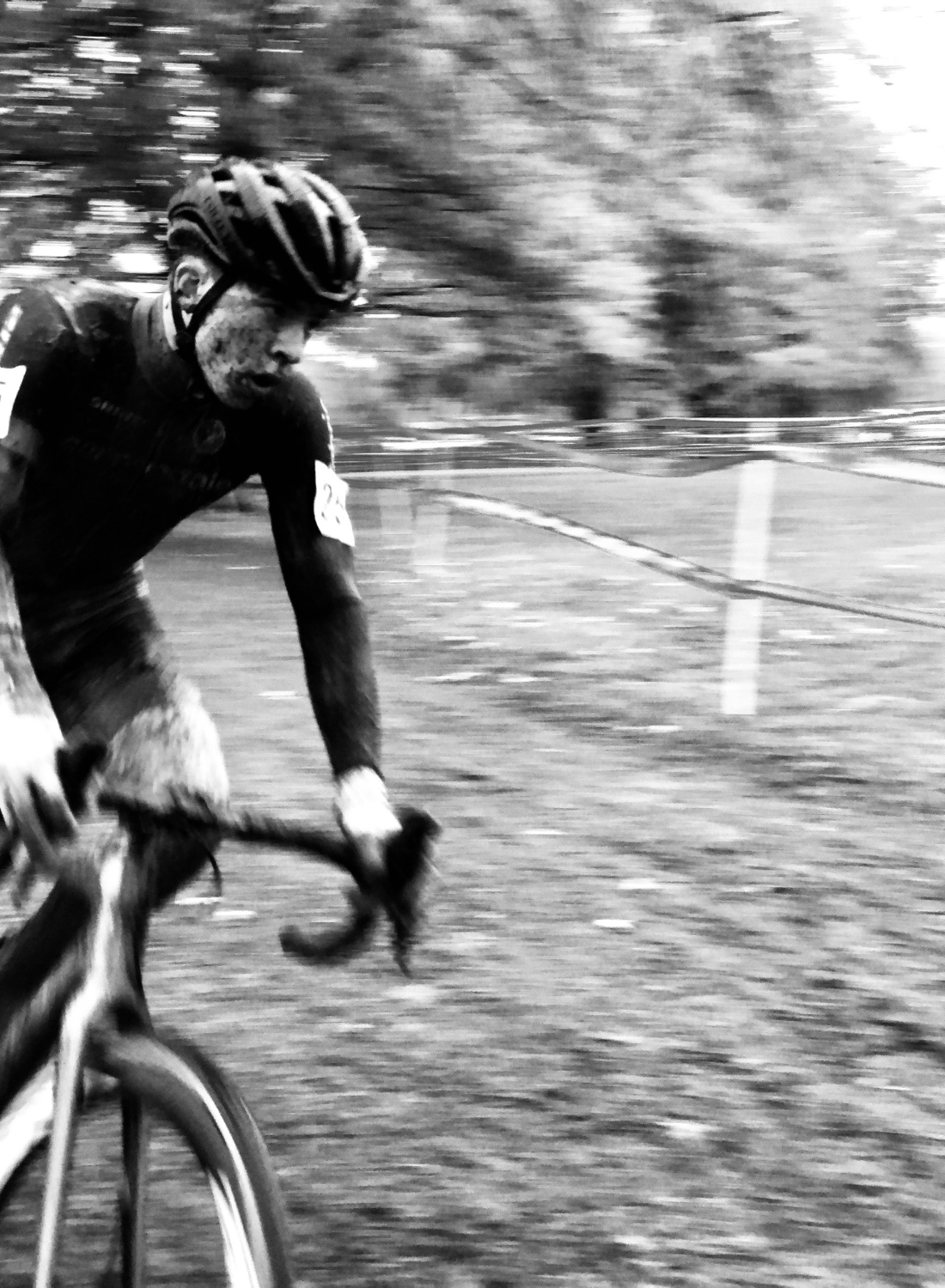











Leave a comment